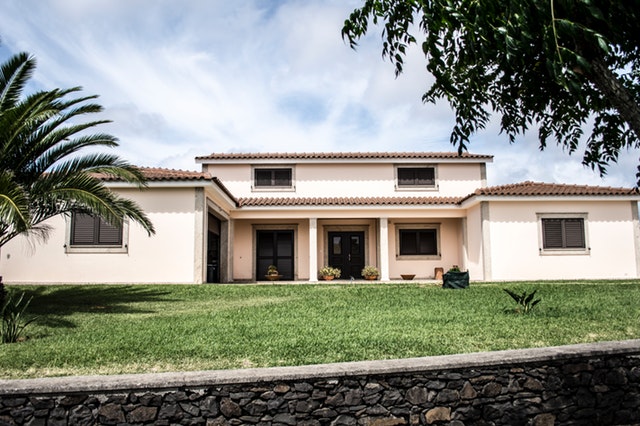 Individuals who own their homes with a considerable amount of equity should consider looking into proprietary jumbo reverse mortgages. These can be helpful tools that may allow seniors to either pay down an existing mortgage or fund their retirement.
Individuals who own their homes with a considerable amount of equity should consider looking into proprietary jumbo reverse mortgages. These can be helpful tools that may allow seniors to either pay down an existing mortgage or fund their retirement.
These tools are particularly helpful in areas of the country that have high property values, such as California and New York. In these states, jumbo reverse mortgages may provide seniors with up to $4 million in potential loan proceeds. These funds can be applied to a variety of possible purposes.
A Changing Thought Process Surrounding Reverse Mortgages
In the past, mentioning reverse mortgages was seen by many as an option of last resort; however, it seems like this reputation was largely gained because they were new and unfamiliar to most people. Over the past few years, financial experts have done a tremendous amount of research into reverse mortgages and have uncovered their potential to help someone’s financial portfolio.
There are numerous ways that reverse mortgages can help someone’s retirement portfolio ride the ups and downs of the market. Reverse mortgages can even be used to help someone postpone the claiming of Social Security benefits.
A Potential Use Of Reverse Mortgages
One potential use of reverse mortgages follows a simple formula. The goal of this formula is to buy low and sell high. When the market goes up, draw on the retirement account for income. After all, the market is high, so shares of stocks, bonds, and mutual funds are going to be at their greatest value.
When the market starts to drop, avoid using the assets in the retirement account. Wait for those assets to come back up before using them. During this time, it is better to use a reverse mortgage and draw on the equity in the home instead.
A Mountain Of Untapped Equity
Proprietary reverse mortgages are becoming more popular in locations that have high housing values. In these locations, retirees might be sitting on a large amount of equity and might not even know it. In these locations, jumbo reverse mortgages can help individuals and families who might be short in their incomes. For this reason, retirees should consider using a jumbo reverse mortgage to help cover their living expenses and long-term care needs.
 The “Golden Girls” trend got its name from the popular television sitcom about four elderly women who live together to share expenses. It is becoming a popular way in real life for elderly adults to share homeownership and it has many benefits.
The “Golden Girls” trend got its name from the popular television sitcom about four elderly women who live together to share expenses. It is becoming a popular way in real life for elderly adults to share homeownership and it has many benefits. Last week’s scheduled economic reporting included readings on home builder sentiment, housing starts and building permits issued. Weekly reports on mortgage rates and initial jobless claims were also released
Last week’s scheduled economic reporting included readings on home builder sentiment, housing starts and building permits issued. Weekly reports on mortgage rates and initial jobless claims were also released Millennials are the first generation in America that will probably not be able to do as well as their parents. In the United States, there is not as much upward mobility as there was in the past. What is the cause of this?
Millennials are the first generation in America that will probably not be able to do as well as their parents. In the United States, there is not as much upward mobility as there was in the past. What is the cause of this? Some clever millennials are teaching the older boomers a new way to invest in real estate, which goes by the name of “house hacking.”
Some clever millennials are teaching the older boomers a new way to invest in real estate, which goes by the name of “house hacking.”